I want to take you back to that time when I was standing on a deserted beach on an island in the Philippines, with a nasty scrape on my leg and no idea where the nearest pharmacy was. It was already evening, and in the village where I was staying, I was lucky if there was even a small supermarket, let alone a pharmacy. I suddenly realized how vulnerable you can be without a well-thought-out travel first aid kit. Be smart and read everything about assembling the perfect travel first aid kit.
Learn how to smartly, budget-consciously, and safely assemble a travel first aid kit that lets you travel anywhere in the world with peace of mind.
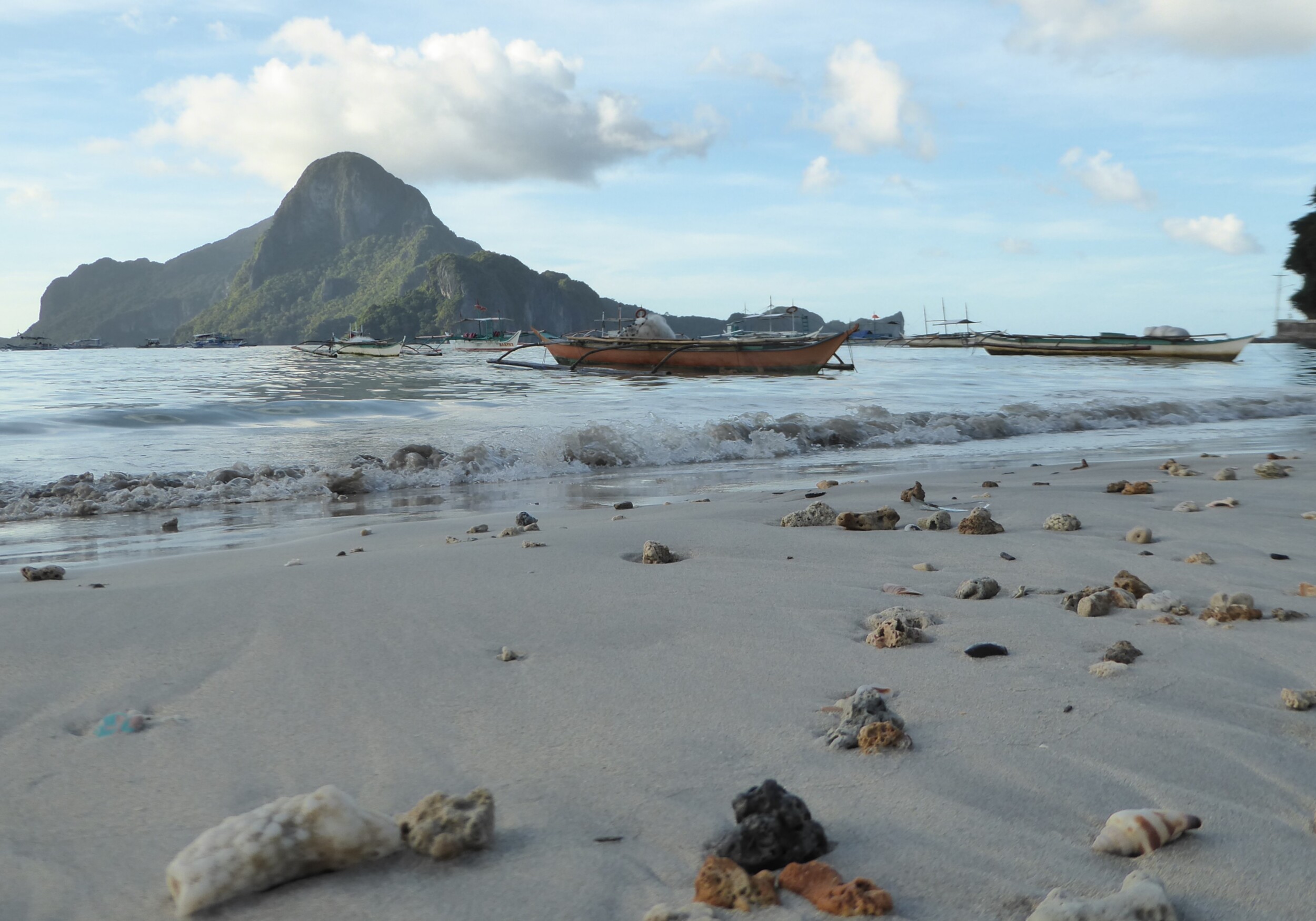
That experience there on the beach taught me that a travel first aid kit is much more than a random collection of band-aids and paracetamol. It’s your safety net, your piece of familiarity in a strange environment. And the beautiful thing? You don’t need to spend a fortune to be well-prepared.
Why Every Trip Deserves a Well-Thought-Out Travel First Aid Kit
Imagine this: you’re enjoying that perfect sunset during your dream vacation when you suddenly get a nasty headache. Or your little explorer falls while playing and needs a band-aid. In your hometown, you’d walk to the nearest drugstore, but abroad, even something as simple as paracetamol can become a real quest.
What always strikes me about travelers is that we spend so much time planning our route and accommodation, but often forget to think about our health along the way. While it’s precisely that little bit of preparation that can make the difference between a memorable trip and a forgotten incident.
The Smart Basics: What Really Belongs in Your Travel First Aid Kit?
For Pain and Fever
Paracetamol is your indispensable companion. A painkiller and fever reducer based on paracetamol is essential because these aren’t always available abroad or may have different names. Check out generic brands at the pharmacy, they work exactly the same but often cost half the price of name brands.
Additionally, ibuprofen is a valuable addition. It not only works as a painkiller and fever reducer but also as an anti-inflammatory. Perfect for muscle pain after a long walk, toothache, or those annoying inflamed mosquito bites.
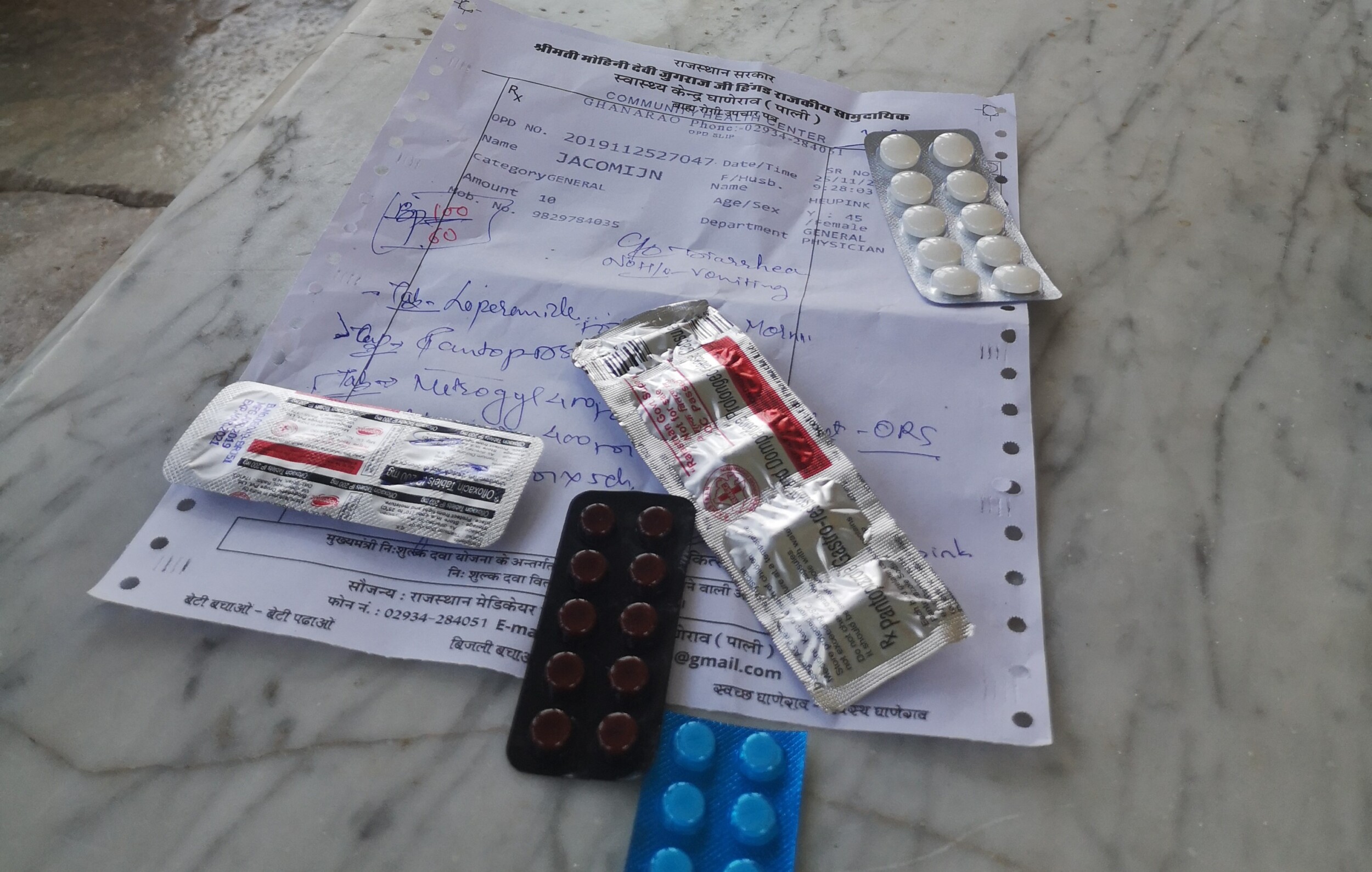
For Stomach and Intestinal Problems
ORS sachets (oral rehydration solution) and loperamide are your saviors for traveler’s diarrhea. ORS consists of a salt-sugar mixture that keeps your fluid levels up and prevents dehydration when you lose a lot of fluid through diarrhea or vomiting. Those small sachets weigh almost nothing but can save your vacation.
For Wounds and Scrapes
- Disinfectant (chlorhexidine or betadine)
- Band-aids (including blister plasters!)
- Sterile gauze and bandages
- Tweezers and possibly small scissors (as small as possible for carry-on luggage)
For Allergies and Itching
Antihistamine tablets for allergic reactions and anti-itch cream for insect bites. Trust me, you don’t want to wake up in the middle of the night from itchy mosquito bites without anything to relieve the itch.
Tiger balm gives me temporary relief. It’s something I always make sure to pack when traveling.
For Sun Protection
Sunscreen with SPF 30 – even if you’re going to Scandinavia. The sun reflects everywhere and your skin deserves protection. Honestly, I sometimes forget it myself. And even though I don’t burn easily, I regularly notice that my skin definitely could have used that extra protection.
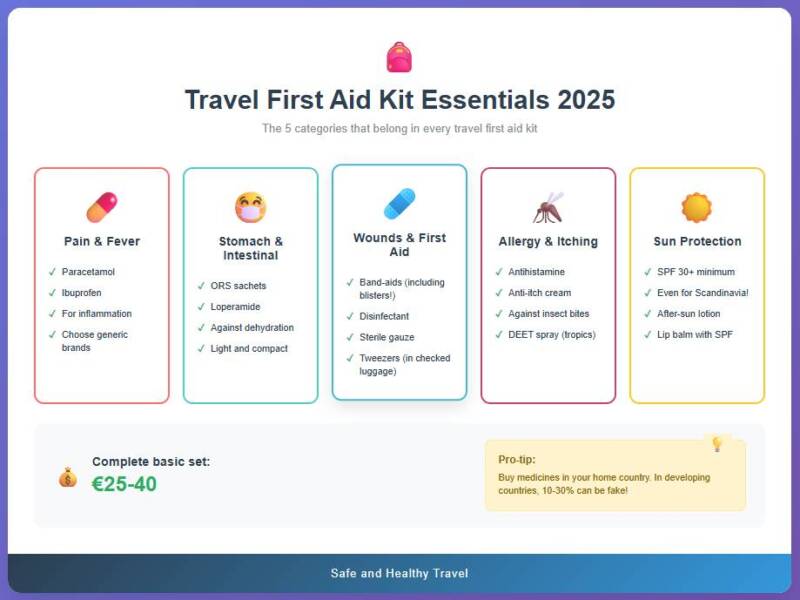
Budget-Conscious Assembly: Smart Savings Without Compromising Quality
Smart Money-Saving Tips
- Compare package sizes: large packages are cheaper per unit, but do you really need 50 band-aids for a weekend trip?
- Check your medicine cabinet at home: you probably already have many of these items
- Buy your medicines in Western countries: if you’re traveling to a developing country, the medication you buy there might be fake
- Ask for alternatives: your pharmacist often knows cheaper variants with the same active ingredients
Estimated costs for a complete travel first aid kit basic set: €25-40
Special Attention for Female Travelers
As a woman who often travels alone, I’ve learned that there are a few extra considerations that make our travel first aid kit even more valuable:
Extra Points of Attention
- Contraception: take plenty with you, especially to conservative countries
- Menstrual products: not always easily available everywhere, especially tampons
- Painkillers: for menstrual complaints if you suffer from them severely
In some countries, condoms aren’t easily available and the quality is often questionable, so provide yourself with reliable protection.
Taking Medications: What You Absolutely Must Know
Your Own Medication
This is crucial: take enough medications for the travel period and the week after, so you still have time to order or pick up new medications after your trip. Distribute your crucial medications across different bags in case your suitcase gets lost.
Request a Medicine Passport
A medicine passport contains all information about your medication and allergies. This is handy if you visit a doctor or pharmacy at your travel destination. Your pharmacist can make this for you.
Special Medications
Note: For medications that fall under controlled substance regulations (such as sleeping pills, strong painkillers, or ADHD medications), you’ll need a medical certificate. Arrange this well before departure through your doctor or relevant health authority.
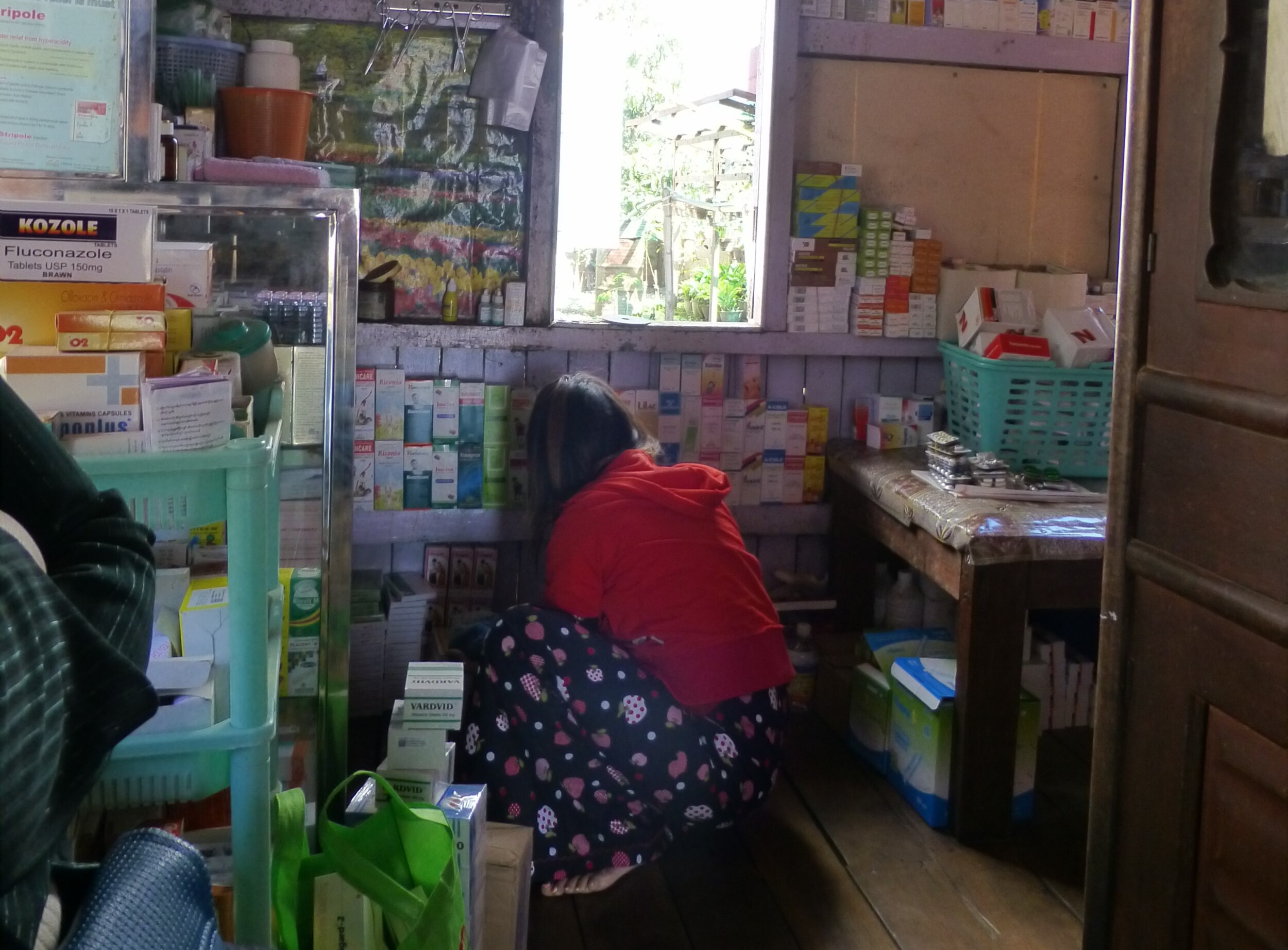
Tailored to Your Destination
City Trip Europe
- Basic travel first aid kit suffices
- Focus on walking blisters and fatigue
- Do you have an allergy? Antihistamine for pollen allergy in spring
Tropical Destinations
- DEET-containing mosquito spray (minimum 20% DEET)
- Malaria pills if needed (prescription through your GP)
- Extra ORS sachets
- Thermometer
Adventure Travel
- More extensive first aid kit
- Antibiotics (prescription, consult with your GP)
- Altitude sickness medication for mountain destinations
- Extra bandages and disinfectant
With Children
Take plenty of the child’s own medications and Ask the pharmacy about the best way to store medications during your vacation. Also consider:
- Child-friendly painkillers (often in syrup form)
- Digital thermometer
- Extra band-aids with fun pictures
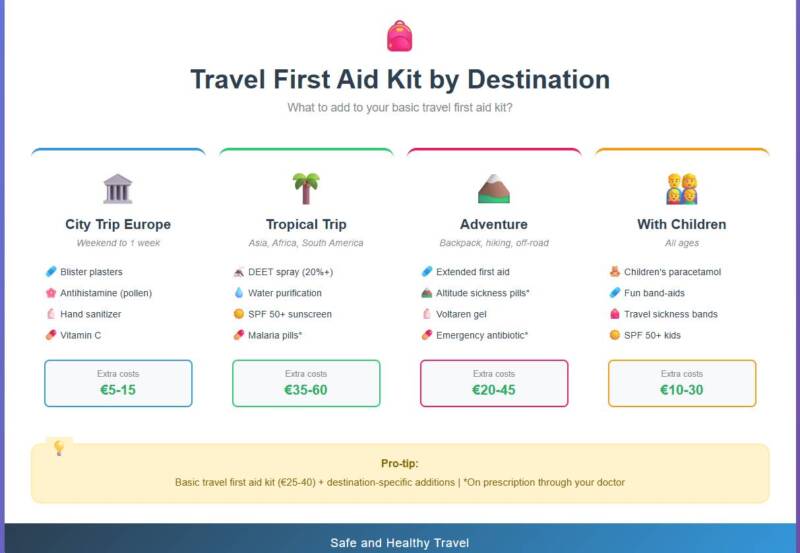
Practical Packaging and Storage
Smart Organization
- Use a clearly labeled toiletry bag or medicine box
- Take medications in their original packaging with your name on it, this prevents confusion at customs
- Store package inserts digitally on your phone
- Take photos of important medication in case something gets lost
Temperature-Sensitive Medications
Some medications must be stored cool. Wrap suppositories and capsules in aluminum foil during travel and store them immediately in the refrigerator upon arrival. They lose their effectiveness at temperatures above 25°C (77°F).
What’s Not Allowed in Your Carry-On
Pay close attention when packing:
- Tweezers and scissors: only in checked luggage
- Liquids over 100ml: medications also fall under this
- Sharp objects: nail clippers, razor blades
For medicines you need during the flight, ask your doctor for a written statement in Dutch, French and English.
Your Travel First Aid Kit Assembly Experiment: Start Today
Now that you know everything about smartly assembling a travel first aid kit, I challenge you to go through your medicine cabinet this weekend. You probably already have many of these items at home. Make a list of what you’re still missing and consciously look for the most budget-friendly options.
Ask yourself: where am I going this year? And what extra precautions fit my travel destination and way of traveling?
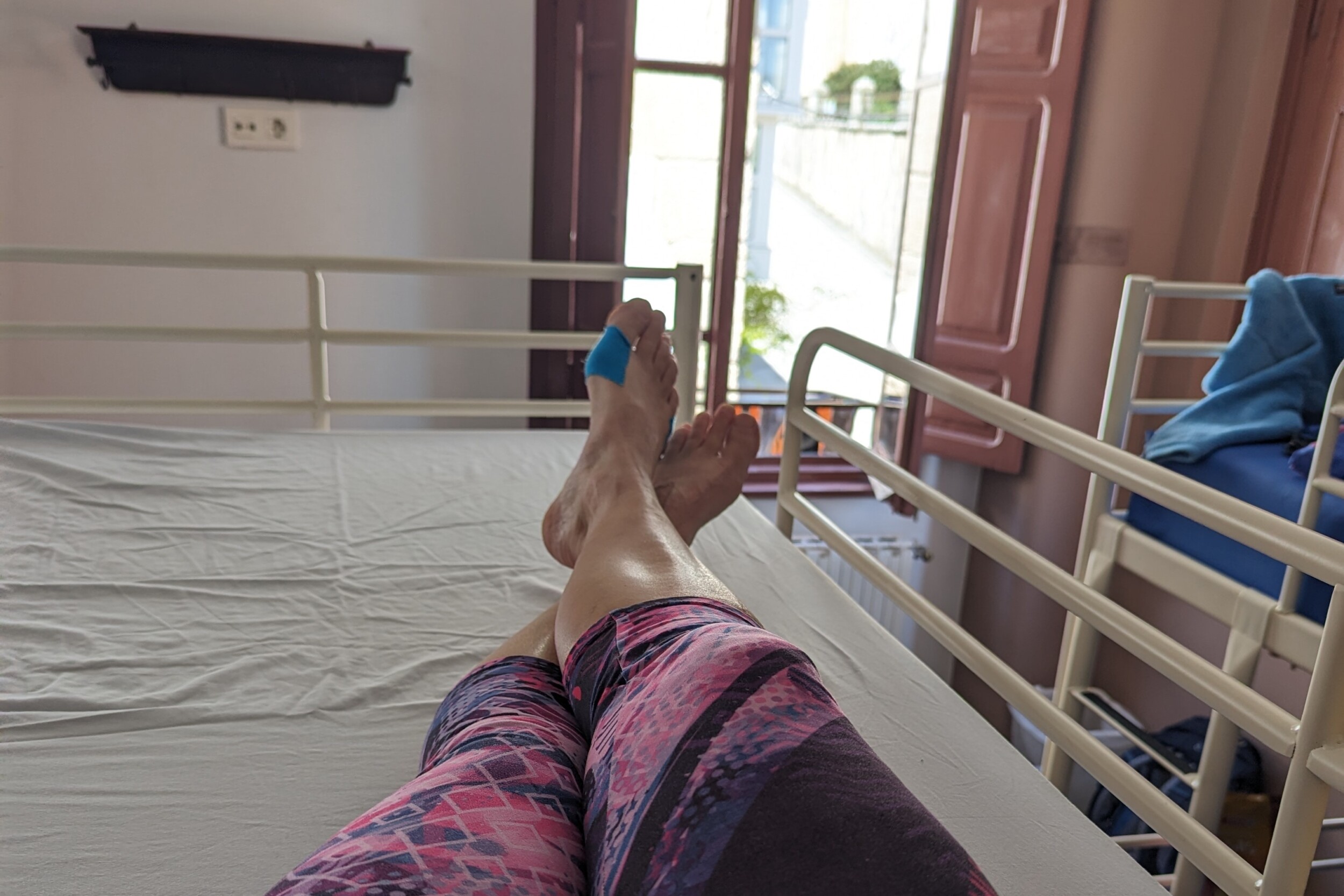
A Final Thought
That day on the beach in the Philippines ended up fine, a friendly local pointed me to a small pharmacy in the nearby village. But that experience taught me that preparation is so much more than just being practical. It gives you that peace and confidence to truly surrender to the adventure, knowing you’re prepared for what’s coming.
A good travel first aid kit isn’t just a collection of medications. It’s your ticket to worry-free travel. And that feeling of confidence and freedom? That’s priceless.
Are you going on a trip this year? Start assembling your perfect travel first aid kit today. Your future traveling self will thank you.
Do you have questions about specific destinations or want to share your travel experiences? Let me know in the comments. Safe travel starts with good preparation! ✈️
Blister plasters or tape to preventively tape during a hiking trip is a must-have in your travel first aid kit
You often learn the most… From the hardships you fear most